1984-2024 CORVETTE WHEEL SIZE & OFFSET CHART
Wheel backspacing is a CRUCIAL measurement, if you’re planning to install new tires and wheels on your 1953-1982 Corvette. This measurement determines proper fitment of your tires and wheels and measuring wheel backspacing is very quick and easy. Our beloved C1 and C2 Corvettes feature classic lines and unmatched appeal, but even these timeless creations are subject to tire and wheel fitment issues. Chevrolet didn’t leave much room to operate in until the 1968 model year when the slightly wider C3 body provided a little more real estate for tires and wheels.
Even seasoned Corvette guys classify the 1963-’67 model years as being interchangeable when it comes to overall chassis dimensions. After all, the frame is the same and the body measures the same. However, when Chevrolet added disc brakes to the Corvette in 1965, it increased the car’s track width, a maneuver that was beneficial for the driving experience but tricky for tire and wheel fitment. So, if you’re dealing with a 1965-’82 Corvette, know that the factory disc brakes push your tires and wheels 3/4 inch closer to the wheel opening than the drum brake cars. If you are upgrading your 1963-’64 Corvette to disc brakes, you’ll need to take that into consideration as your current tire and wheel combination will likely interfere with the body. Zero offset rotors can be sourced but most affordable brake kits feature the factory-style one-piece rotors that add 3/4-inch per side.
The confusion escalates even further when dealing with a modified car, as a lowered ride height can cause fitment issues and aggressive suspension alignment for autocross racing may also create problems. It isn’t cut and dry, and what works for one Corvette may not work for another. We quickly figured out that the rear of the car was the most difficult to measure and the most troublesome when it came to interference points. The 1963 and 1964 cars with drum brakes have less than 4 inches of room between the wheel mounting surface and the leaf spring, meaning that 3 3/4 inches of backspacing is the maximum allowance.
This measurement increases by 3/4 inch when using disc brakes (4 1/2-inch maximum backspacing), but then the wheel’s front side spacing becomes the problem on disc brake cars. If you’re leaning in the Pro Touring direction, the good news is that some 18-inch wheels clear the leaf spring, and then you can install offset trailing arms to gain a little more room. Also consider that the 1965-1982 Corvettes have an emergency brake cable bracket on the side of the original trailing arm, so those brackets will need to be relocated for additional room. With all of these findings, it’s no wonder that everyone slapped a set of fender flares on these cars in the ’70s, but we’ll walk you through the process and give you some insight on how to measure your Corvette for proper tire and wheel fitment.
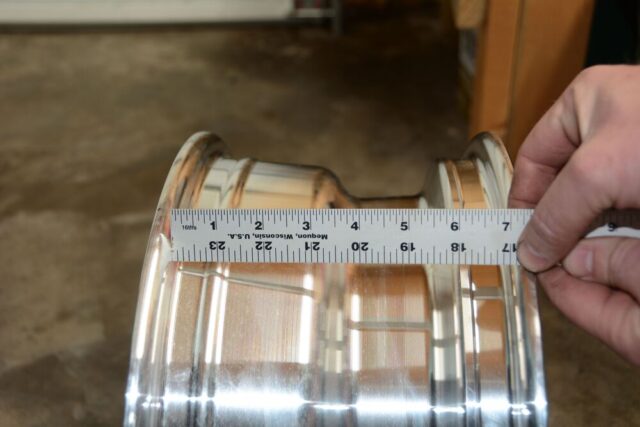
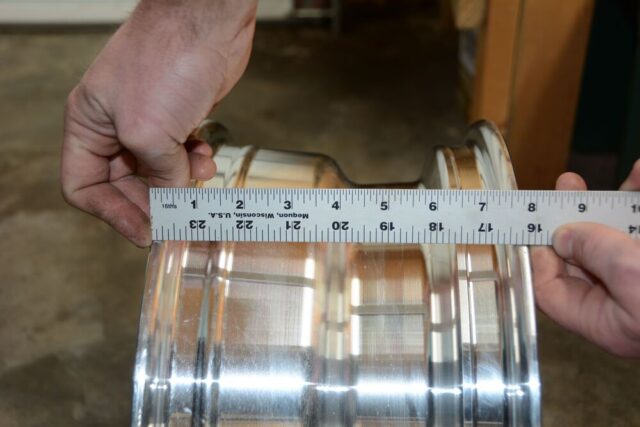
How to Measure Wheel Width
Before measuring backspacing, it’s important to know the width of your wheel. The width measurement is taken from the bead area and does NOT include the outer flanges. If you were to measure the entire width, an 8-inch-wide wheel actually measures closer to 9 inches, which is not the correct measurement, but it is important to note that total width when we calculate backspacing.
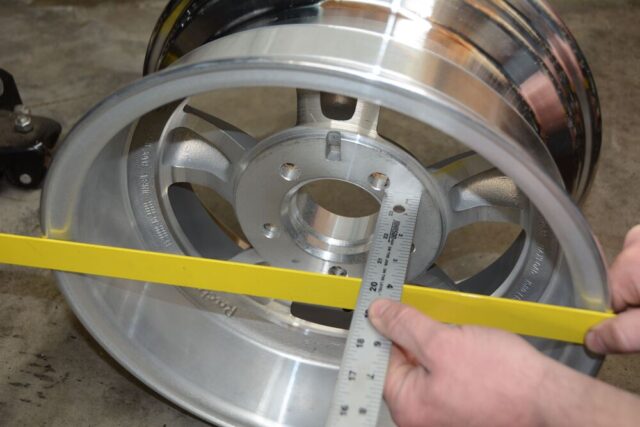
How to Measure Wheel Backspacing
With the wheel turned over, you have easy access to the back side. Backspacing is the measurement between the mounting surface of the wheel and the edge of the rim flange (not the bead). You can measure backspacing with a straight edge and a tape measure, or two straight edge rulers. One straight edge will lay across the outer edge of the wheel. Remember, backspacing variances of a quarter inch can make or break the fitment. Once the straight edge is laying across the wheel, measure from the mounting surface of the wheel to the straight edge. Side note: It does seem confusing that wheel width is measured from bead to bead, but backspacing is measured to the edge of the rim flange.
What’s the Difference Between Backspacing and Offset?
Wheel measurements can be confusing, and one of the most common concerns is backspacing vs. offset. To answer this question, backspacing is the measurement from the mounting surface to the outer rim flange and offset is distance away from “center”. So, in the case of a 15×8-inch wheel, a ZERO Offset wheel would have 4.5 inches of backspacing. The wheel’s center section is “centered” inside the rim, so there is 4.5 inches to the front side of the rim and 4.5 inches to the back side. Remember when we said that a 15×8 inch wheel actually measures about 9 inches total? That’s where this comes into play.
Other important notes are the positive offset equals MORE backspacing, like the wheels you see on C4 and newer Corvettes, where the face of the wheel is nearly flush with the outer edge. This started happening in the 1984 for Corvettes and continues to be common. Negative offset equals LESS backspacing, giving you a deep-dish look. You might notice that modern wheel manufacturers list offset, while classic wheel manufacturers list backspacing.
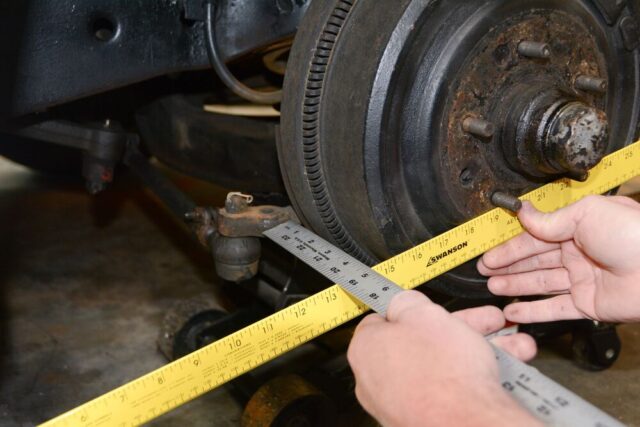
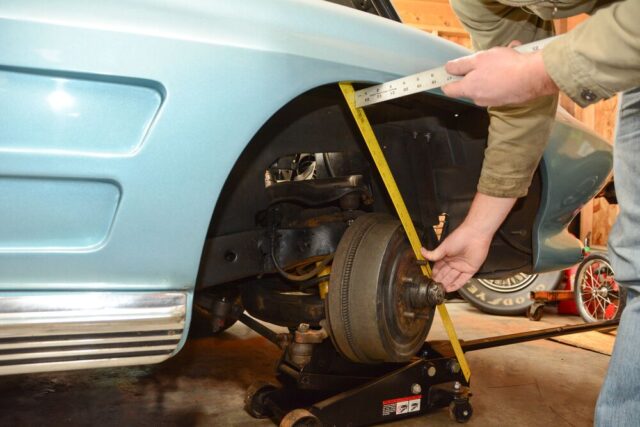
How to Measure Your Corvette for Custom Tire and Wheel Fitment
Knowing how to measure wheel backspacing is crucial, but what’s even more important is knowing what will fit your Corvette For this, we can once again rely on a couple of straight edge rulers to help us determine the maximum about of backspacing and front spacing our vehicle can handle.
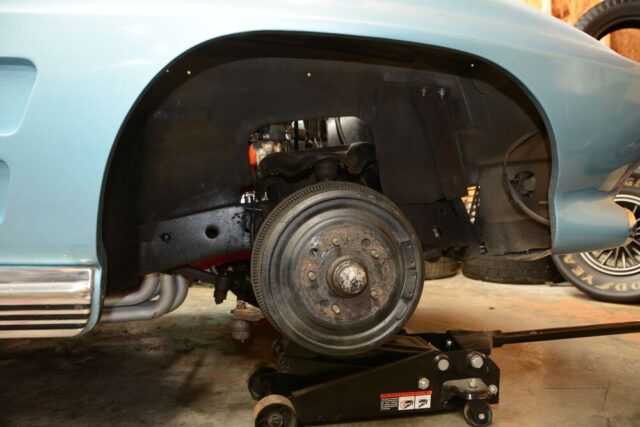
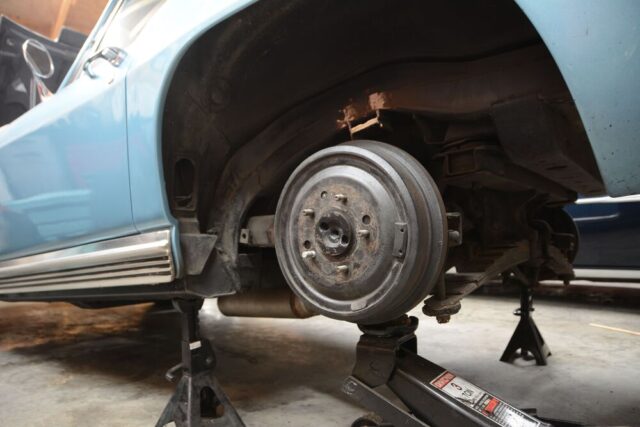
No matter what type of car or truck you’re working on, these principles apply. First, the vehicle needs to be supported with jacks or jack stands, so that the weight of the vehicle is resting on its suspension. In other words, you don’t want the suspension to droop because this will throw off the measurements, especially in the case of C2 and C3 Corvettes. Next, grab your measuring tape or ruler and base all measurements off of the surface where the wheel is going to eventually mount.
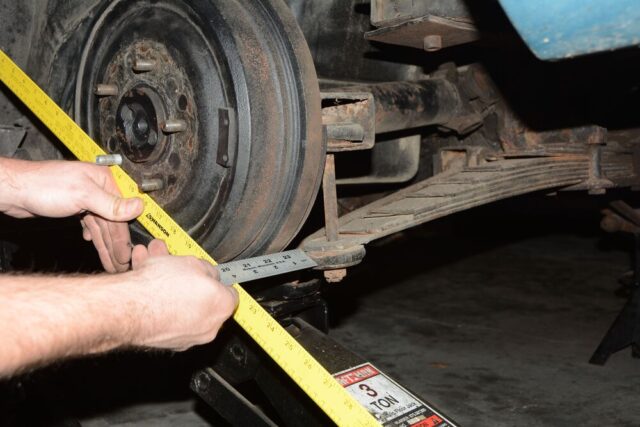
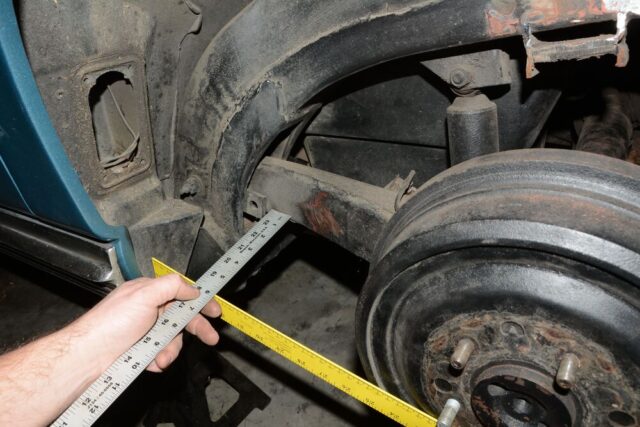
Measure from the straight edge over to the inside portions of the inner fender, taking consideration for any obvious clearance issues, like spring mounts, tie rod ends or other items. Then, measure from the straight edge to the outer side, where fender lips come into play. Some customized Corvettes have had the lips trimmed for clearance, and of course, there are the fender flares from the ‘70s, which provided ample clearance for extra-wide tires and wheels.
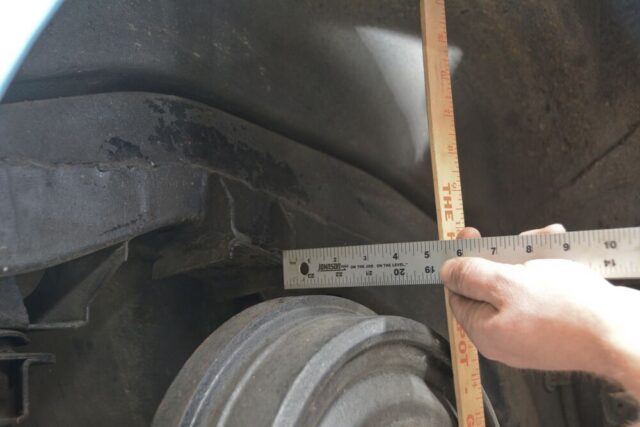
When measuring the front, you’ll need to measure with the steering straight, as well as full lock in both directions. This is even more important if you’re planning on pushing the fitment limits or if your car has lowered suspension.
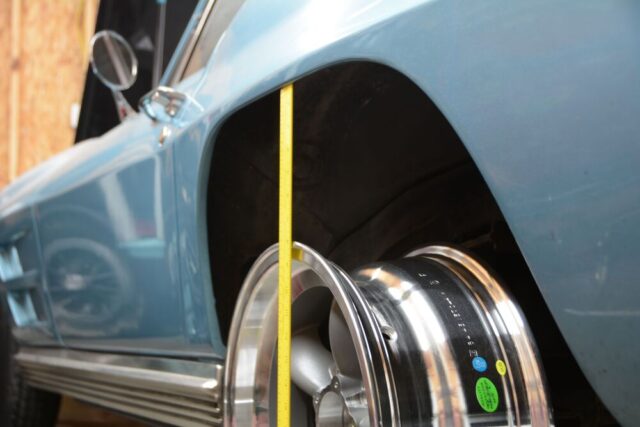
Out back, the same principles are in place, but Corvettes early Corvettes pose some challenges for rear tire and wheel fitment. Essentially, any Corvette produced from 1953 through 1967 is going to have tight tolerances for any wheel wider than six inches. Custom backspacing helps, but there are still limitations without major modifications to the body, chassis and suspension.
Be sure to write down your measurements and always allow for at least an inch of sidewall bulge, unless you’re planning to run low profile tires. Also take into consideration that the suspension will flex at times, during driveway transitions or hard cornering.
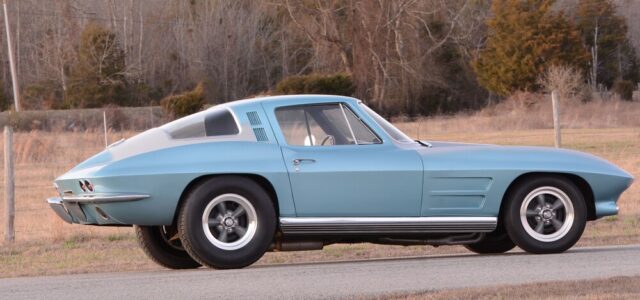
Article reposted with permission from motortrend.com.
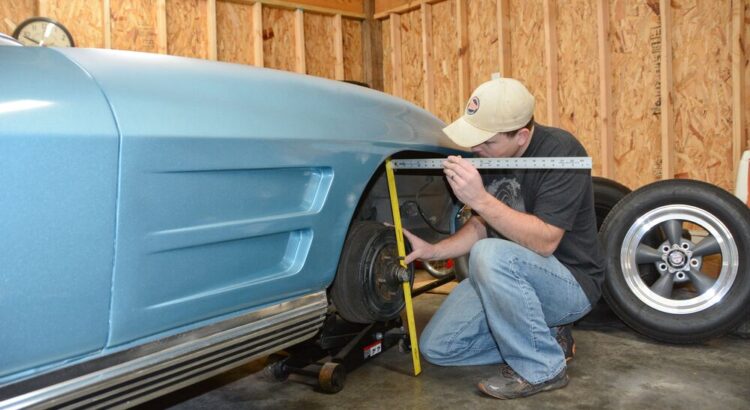
Excellent clear and concise information that will be important to me soon.
Removing the baffles in my side pipes any back pressure or concerns?
Great information. Just when I’m about to install my new wheels and rims on my 1960. Thank you
That cleared up a large amount of conflicting info I had been told/given!! Thanks, great article!!